Introduction
The Cuidando Los Niños Community Solar Project in Belen, New Mexico, launched on September 25, 2025, captured my attention as the subject for this photo essay because it embodies my deep-rooted passion for sustainability, where clean energy directly uplifts vulnerable communities. As someone who closely follows renewable energy trends, I was inspired by Ember’s 2025 reports highlighting renewables surpassing coal globally. This milestone underscores the urgency of accessible solar solutions. Powering 2,000 homes, this project offers a tangible, human-centered story of sustainability, transforming lives through bill savings and energy independence.
Photos
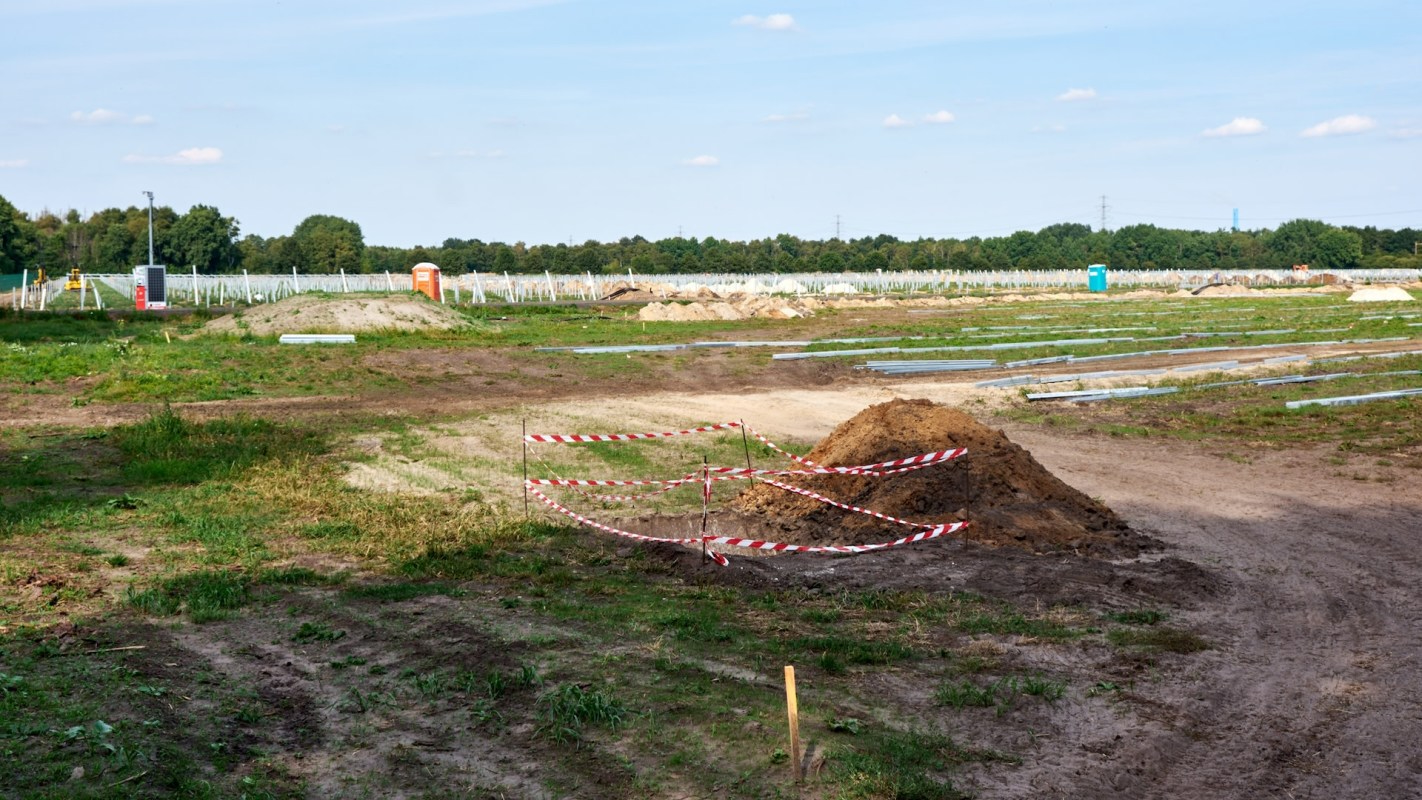
Standing back at the start lets the story breathe. The negative space and taped pit suggest risk, regulation, and labor before any celebration. I open here to signal transformation: an ordinary field becomes shared infrastructure that neighbors can subscribe to even if they can’t host panels themselves. What you don’t see is the policy scaffolding that makes subscriptions and bill credits possible; New Mexico’s community solar program culminated in the first 5‑MW AC project in Belen, as reported by Solar Power World and CCSA. The high horizon line and wide frame prioritize land use, grounding the narrative in place rather than personalities.
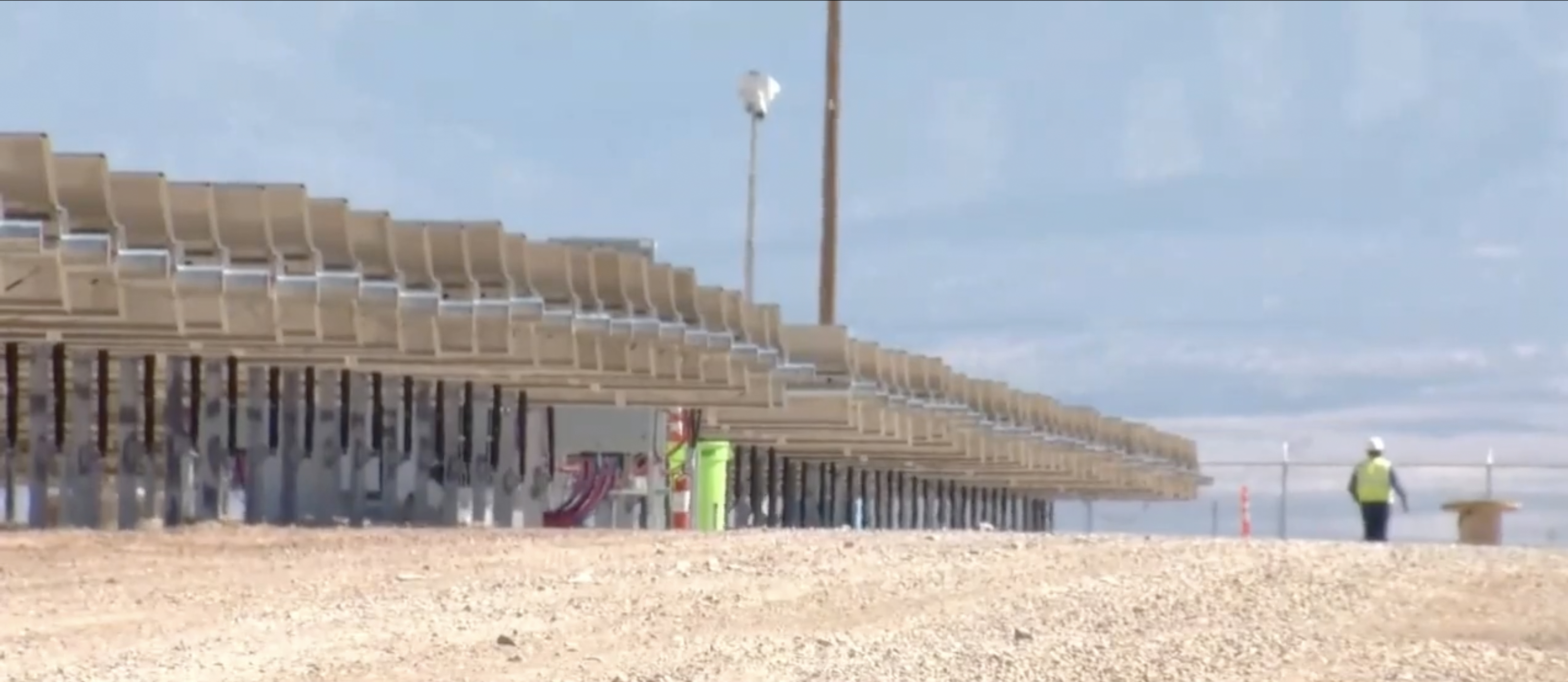
Here the repeating geometry converts a massive number like “5‑MW” into felt scale. The low angle and leading lines communicate investment and reliability, while the single worker gives a sense of scale to the project by reminding us how small we are comapred to it. What’s absent is a show of the value to the average person. I bridge that gap with program facts covered by pv magazine USA and Solar Power World: the project is fully subscribed and reserves half its output for income‑qualified households, so these rows translate into guaranteed bill credits rather than just impressive hardware.
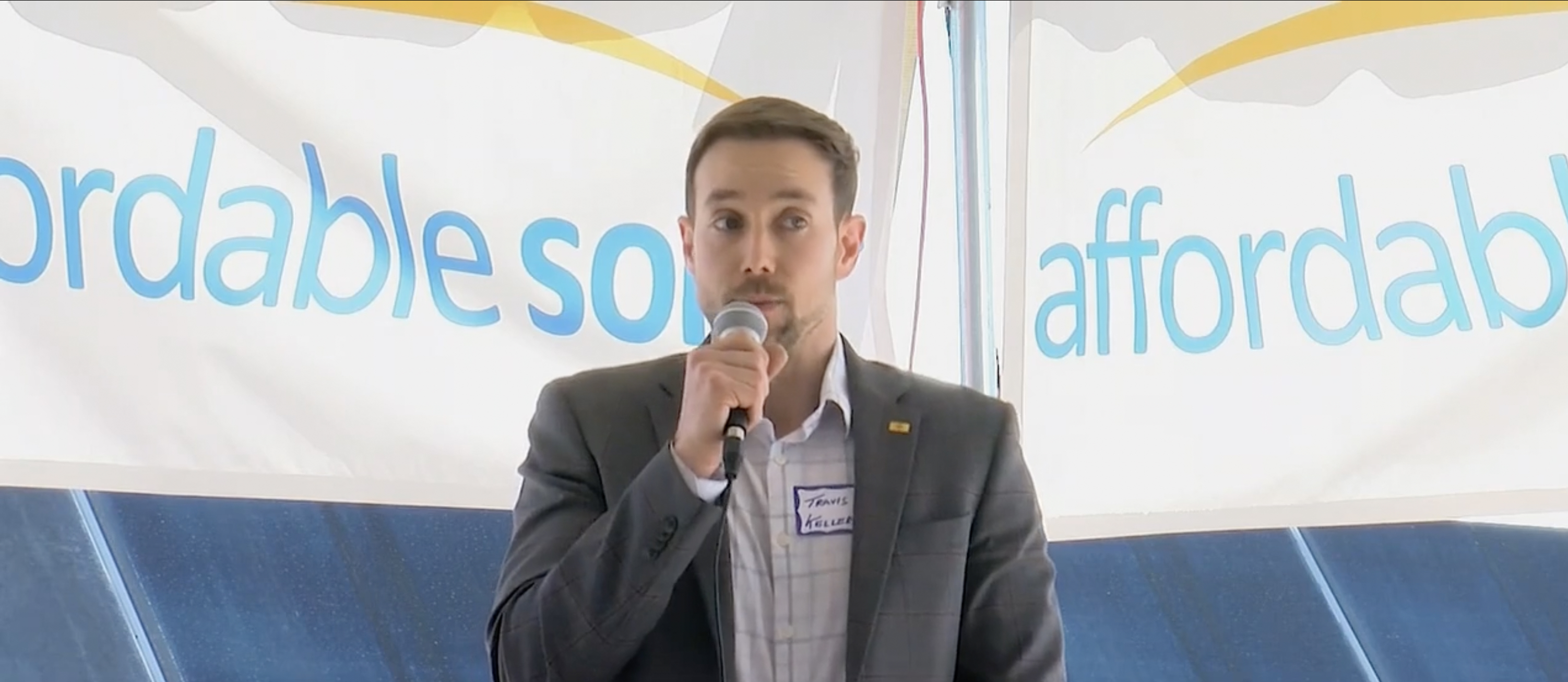
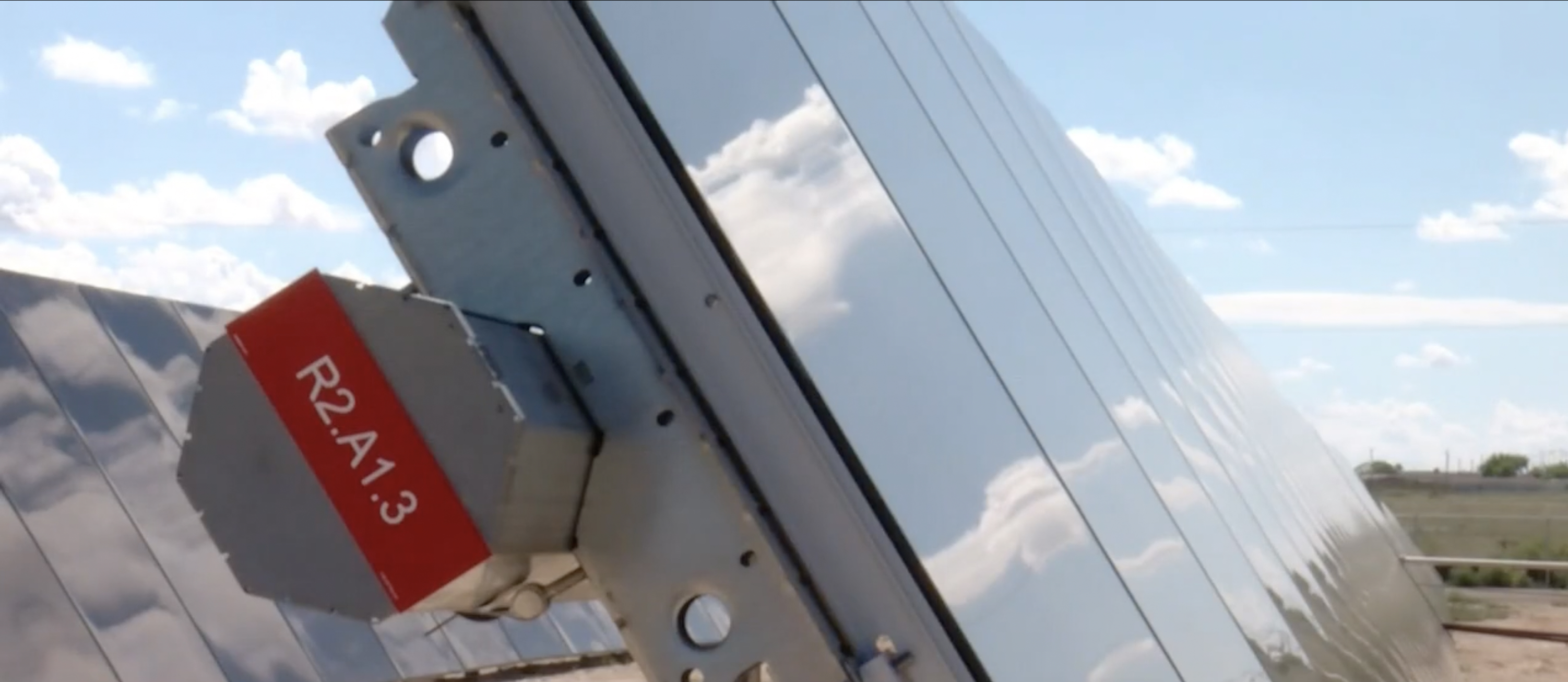
The close‑up changes the rhythm of the essay and highlights small details: Precision fasteners, weather‑sealed housings, and clear row labels make the parts that are less talked about work. The tracking, maintenance, and telemetry that turn sunlight into money saved for the people. By narrowing the frame, the benefits are shown as built on small parts of the system, not just grand announcements. What’s not pictured are the actual electronics that run the grid. I acknowledge this so readers don’t assume the hardware pictured is the whole story. The diagonal composition and reflections add a feeling of motion to a static scene, reinforcing that this system is designed to move with the sun every day.
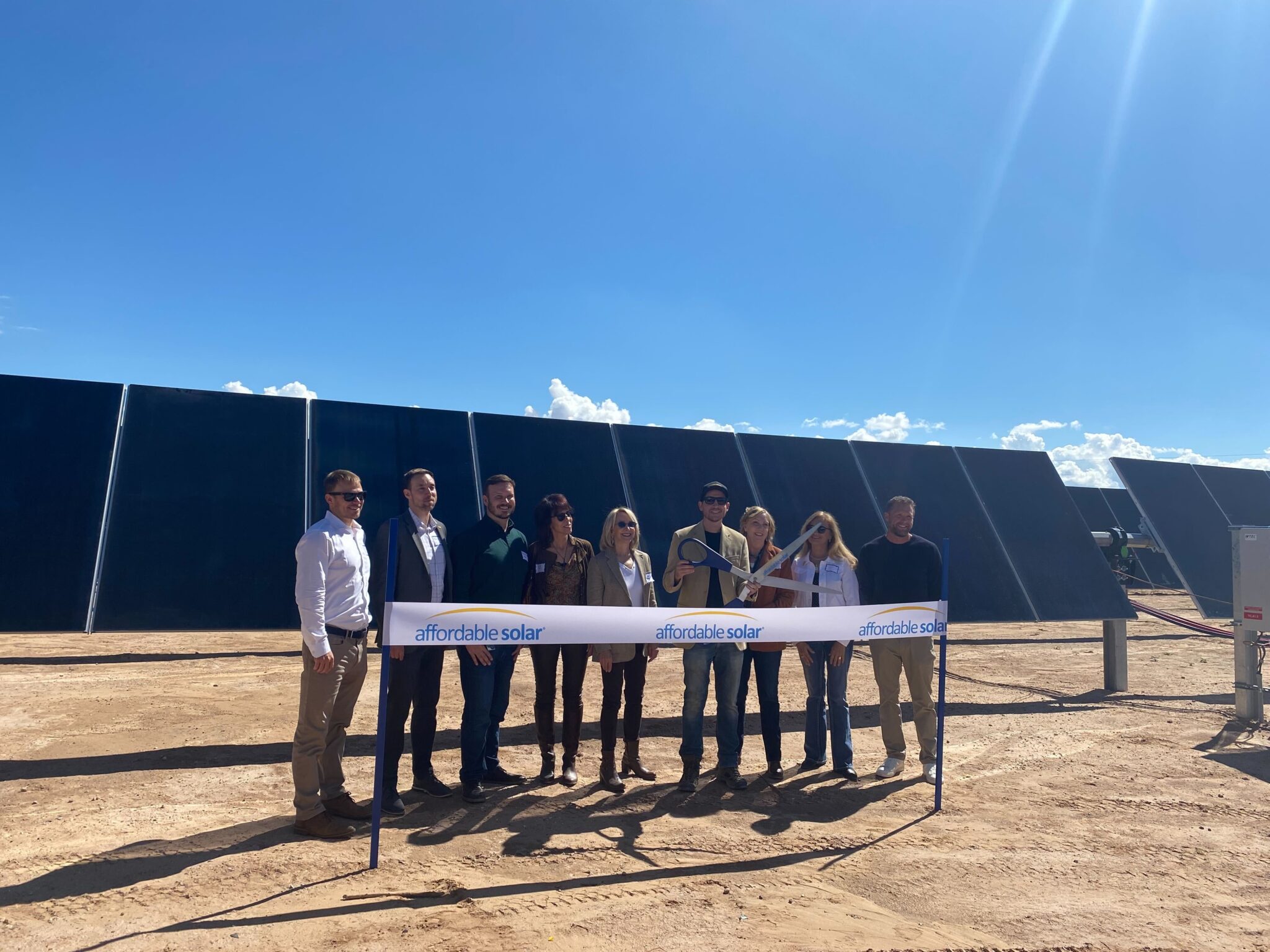
The ceremony frame is my finale because it binds the people, technology, and purpose into a single moment. The ribbon provides a clean narrative line across the foreground, while the panel rows and New Mexico sky keep the project’s true subject, accessible power, in view. What’s still off‑camera are hundreds of engineers, activists, lawyers, and policymakers that had to all work together in order to execute a project of this scale. Ending on action, rather than on hardware, reminds readers that clean energy is ultimately a public promise made visible.
Conclusion
place → process → people → proof‑of‑craft → payoff is an arrangment that helps a general reader build understanding without getting lost in jargon. If I had opened with the ribbon cutting, the project might look like a photo op rather than a long, deliberate build. By starting wide and moving inward, the images show how policy translates into infrastructure and then into household savings.
This selection highlights builders and institutions while acknowledging the very real beneficiaries of this project. In a story about energy equity, I’m careful not to cast low‑income subscribers as props; instead, I cite verifiable program details and link to reporting and press materials. In a year when renewables surpassed coal globally (see Ember’s Global Electricity Review 2025), large, legible images paired with precise captions and sources can still cut through an image‑saturated feed, especially when they connect the global milestone to a local win.
Sources
-
Coalition for Community Solar Access (press release, 2025-09-30). “New Mexico’s first-ever community solar project will offset energy usage of 2,000 homes.” Includes ribbon-cutting date, 50% low‑income allocation, full subscription, and $45,000 donation to Cuidando Los Niños. https://communitysolaraccess.org/news/new-mexicos-first-ever-community-solar-project-will-offset-energy-usage-of-2000-homes
-
Solar Power World (2025-10-01). “New Mexico’s first-ever community solar project is complete.” Confirms 5‑MW AC size, site in Belen/Valencia County, and program context. https://www.solarpowerworldonline.com/2025/10/new-mexicos-first-ever-community-solar-project-is-complete/
-
pv magazine USA (2025-10-02). “After years of legal challenges, New Mexico celebrates its first community solar project.” Program background, legal/regulatory context, subscription and low‑income details. https://pv-magazine-usa.com/2025/10/02/after-years-of-legal-challenges-new-mexico-celebrates-its-first-community-solar-project/
-
Albuquerque Journal (2025-09-30). Local coverage of the Belen community solar ribbon‑cutting and community impacts. https://www.abqjournal.com/business/article_143935f9-e5f8-4154-b46f-83f33292fcd9.html
-
KOB 4 (2025-09-30). “First-ever community solar plant opens in Valencia County.” Event visuals and local broadcast reporting. https://www.kob.com/new-mexico/first-ever-community-solar-plant-opens-in-valencia-county/
-
KRQE News 13 (2025-09-30). “Community solar farm in Belen creates energy hubs for residents.” Event remarks and local perspectives. https://www.krqe.com/news/new-mexico/community-solar-farm-in-belen-creates-energy-hubs-for-residents/
-
The Cool Down (2025-10-01). Feature on the Belen community solar opening with photo assets and summary context. https://www.thecooldown.com/green-business/community-solar-project-new-mexico-affordable/
-
Ember (2025). Global Electricity Review 2025 — analysis showing renewables surpassing coal globally (context referenced in Introduction). https://ember-climate.org/insights/research/global-electricity-review-2025/
-
Solstice (PR Newswire, 2025-07-18). “Community solar now available in New Mexico, bringing savings of up to 28% to residents and businesses.” Background on subscriber savings mechanics. https://www.prnewswire.com/news-releases/community-solar-now-available-in-new-mexico-bringing-savings-of-up-to-28-to-residents-and-businesses-302436865.html
